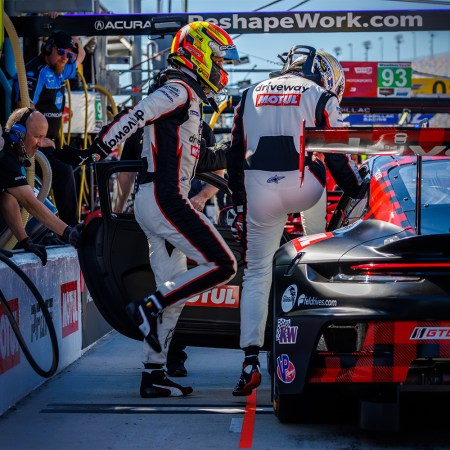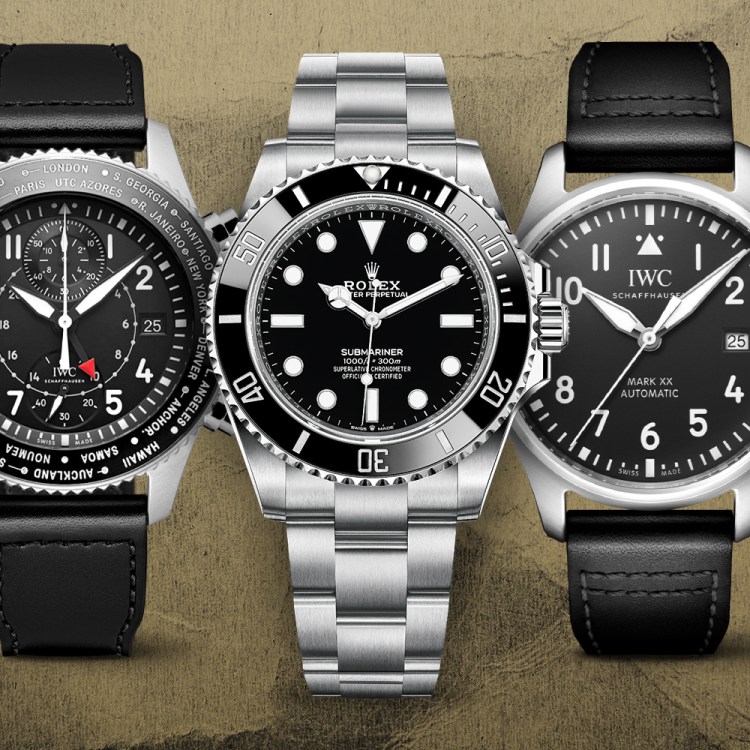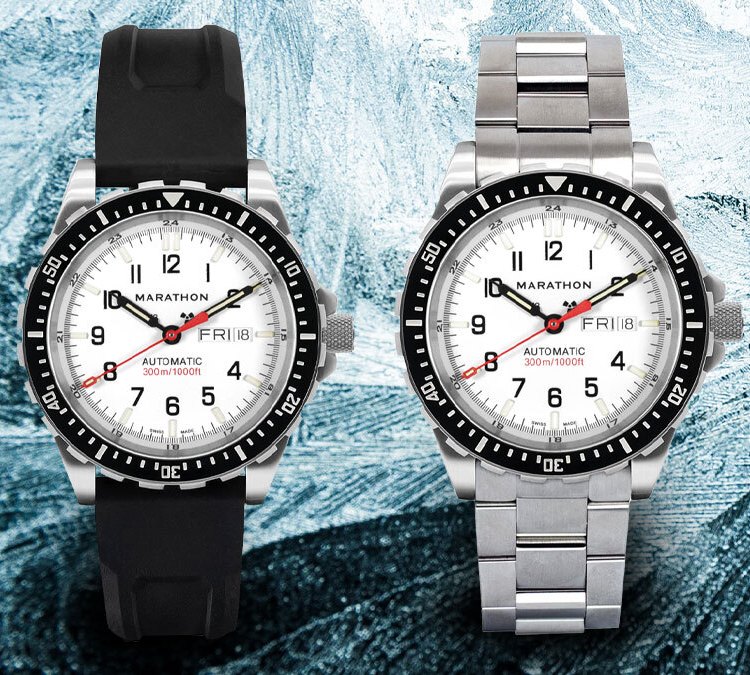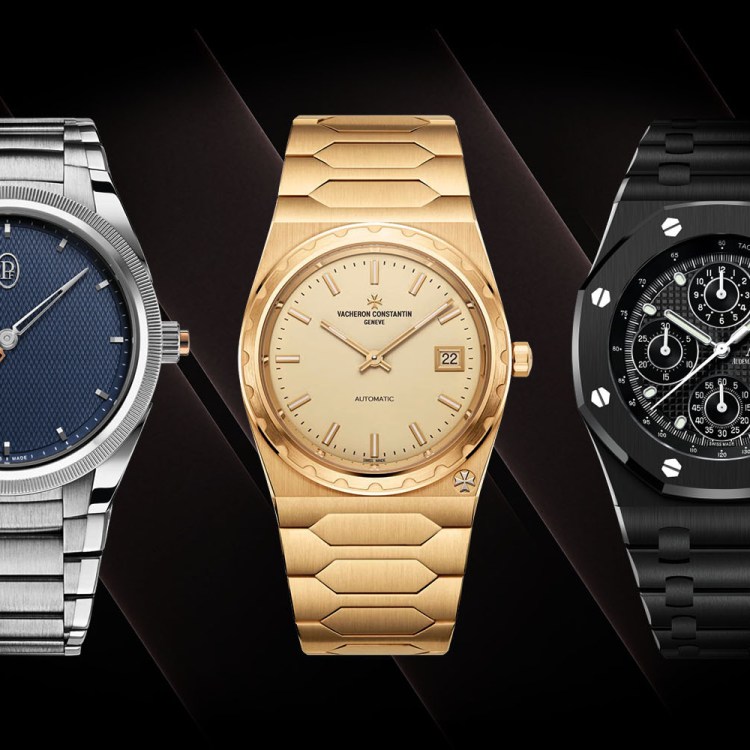What comes to mind when you hear the word Rolex?
Do you think of rappers wearing stacks of gold bracelets with a single diamond-encrusted watch buried among them? Guys in $200 golf shirts using $600 putters? Jordan Belfort imitators getting rich off cold-call subterfuge and questionable investment advice?
All perfectly valid scenarios. After all, Rolex is one of the most recognized luxury brands in the world. A lot of folks don’t know any different. And some don’t realize there’s any “different” to know.
But Rolex has a long and storied history of building not just one of the world’s most beautiful watches, but also one of its most functional.
Take Tenzing Norgay, who accompanied Sir Edmund Hillary to the top of Mt. Everest in 1953 with a Rolex on his wrist. Hillary kept his in his pocket.
Or Reinhold Messner, who became the first man to conquer all 14 “eight-thousanders” with a Rollie strapped to his arm.
Or the divers of COMEX, who worked eight hour shifts for weeks at a time at the bottom of the ocean. They weren’t allowed in the water without a Rolex Submariner or Sea-Dweller on their wrists, per company policy.
And British Navy divers? You guessed it. Specially developed Submariners — the now-grail MilSubs — adorned their wrists in the 1980s.
Even moviemaker James Cameron got into the act a few years ago. He soloed his submersible, the Deepsea Challenger, to the deepest spot in the ocean, the Challenger Deep in the Mariana Trench near Guam. His sponsor? Rolex. The watch strapped to the robotic arm on the outside of his vessel? A Rolex Sea-Dweller Deepsea. It was a little hard to read from where he sat, but the watch made the trip just fine, thank you.
“What about pilots?” you say. Pan American World Airways came to Rolex in the early 1950s and asked them to develop a watch for pilots flying internationally. The result: the iconic GMT-Master.
See, Rolex isn’t just a luxury brand for rich folks and paparazzi targets. This is a company that has more than 1,000 patents to its credit. That’s about one every six weeks — for 110 years. They invented the highly water-resistant watch case (the Oyster case). They produced the first practical automatic winding system. And that was all before the end of the 1930s.
Do you like accuracy and precision? Being on time? Knowing exactly how fashionably late you are? More Rolex watches are certified as chronometers (accurate to -4/+6 seconds per day) each year than any other brand.
Do you like a good investment? Hard assets like art — and watches — are an investment crapshoot, but buy a pre-owned Rolex in good shape and it’s a fair bet you’ll be able to sell it for a profit in a few years. If you can bear to part with it.
There’s more, but you get the idea. The Rolex of your dreams also comes with some serious hair on its chest. If you’re the adventurous type — climbing, diving, hiking, hunting, fishing — it’s hard to imagine a tougher watch to strap to your arm.
But maybe your adventures consist of nothing more than taking the elevator to a desk in a cube farm on the 19th floor. Maybe then you don’t need a watch as tough as a Rolex. But you might still want a piece with the heritage covered here. After all, conference room battles are nothing to sneeze at.
And when the Zombie Apocalypse finally comes, you’ll know exactly what time you finished ‘em off.
—Ed Estlow
This article was featured in the InsideHook newsletter. Sign up now.





















